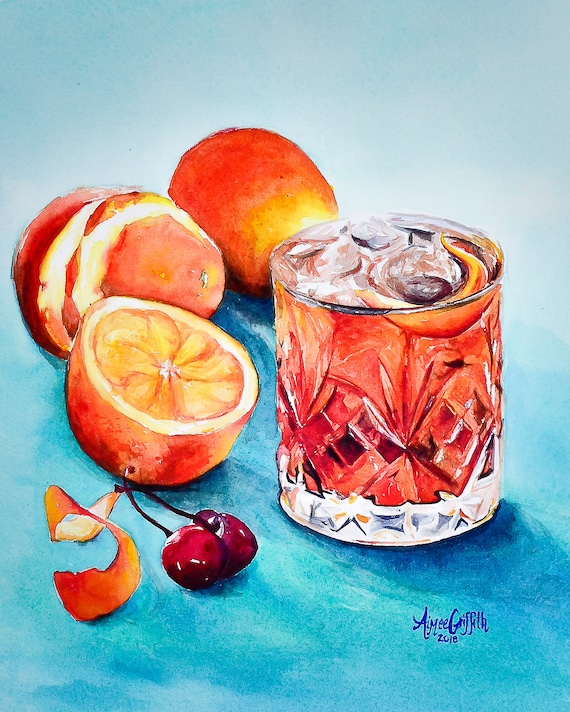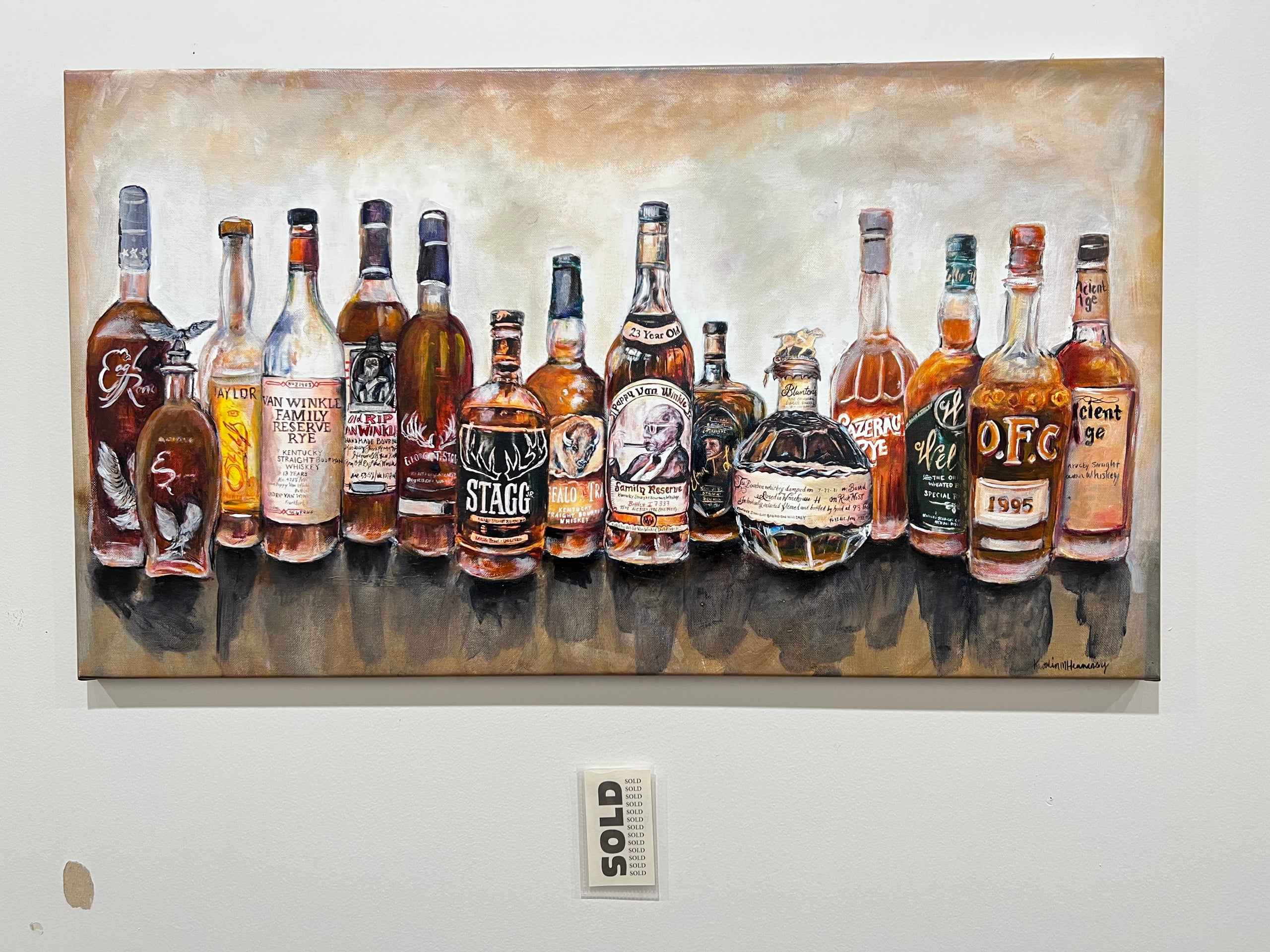Whiskey Art as a Declaration: Exactly How It Improves Home Décor
Whiskey Art as a Declaration: Exactly How It Improves Home Décor
Blog Article
The Significance of Whiskey Art in Celebrating Heritage and Workmanship in the Beverage Industry
The complex connection between whiskey art and the celebration of heritage and workmanship within the drink market can not be overstated. Through attentively made bottles and tags, bourbon brands encapsulate their historic origins and the artisanal skills that define their manufacturing techniques. This creative dimension not just improves market appeal but additionally offers as a conduit for social narration, promoting a much deeper link between the consumer and the craft. As we discover the different facets of this subject, appealing concerns about the effect of modern fads on standard practices emerge, triggering further exam.
The Historic Roots of Whiskey
At the heart of bourbon's appeal exists a rich tapestry of historical origins that trace back to old human beings. The origins of bourbon can be linked to the distillation techniques of the Sumerians and Babylonians around 2000 BCE, where early types of fermented grain drinks began to emerge. Nonetheless, it was in the Middle Ages that the art of purification developed dramatically, particularly in Ireland and Scotland, causing the creation of whiskey as we understand it today.
The term "whiskey" itself originates from the Gaelic word "uisce beatha," implying "water of life." This phrase emphasizes the cultural value of bourbon in Celtic societies, where it was commonly connected with routines, parties, and communal bonding. By the 15th century, purification became a recognized craft within monastic areas, leading the way for the establishment of legal distilleries.
As trade routes expanded, whiskey's popularity grew, transcending regional boundaries and catching the passion of connoisseurs worldwide. Bourbon Art. This historic trip shows not only the craftsmanship behind whiskey manufacturing but also its important function in cultural and social contexts, noting it as a substantial drink throughout background
Artistic Expression in Branding
Bourbon branding stands as an engaging crossway of creativity and commerce, where visual identification plays a crucial duty fit consumer assumption. The visual appeals of whiskey labels, product packaging, and advertising and marketing products reflect not only the brand name's story but also its core worths and heritage. With creative expression, distilleries convey a story that reverberates with consumers, evoking emotions and sparking links.
Using color, typography, and images in branding serves to set apart products in a saturated market. For instance, standard motifs might evoke a feeling of authenticity and workmanship, while modern styles can signify advancement and forward-thinking. This critical creative instructions enhances brand acknowledgment and commitment, enabling customers to build a personal connection with the bourbon they choose.
Additionally, imaginative expression in branding typically works as a celebration of regional heritage. Distilleries often include local signs or historic referrals into their designs, producing a local color that invites consumers to engage in a more comprehensive social experience. Ultimately, the artistry behind scotch branding not just boosts aesthetic allure but also enhances the general story of the brand name, cultivating a much deeper appreciation for the craftsmanship and heritage embedded in each container.
Craftsmanship in Bottle Style
The creativity noticeable in whiskey branding extends beyond visual identity to encompass the craftsmanship entailed in container style. Each container offers as a vessel not simply for the spirit within, however likewise for the story it web link outlines its origin, quality, and tradition. The layout procedure needs precise attention to detail, as components such as product, form, and closure add substantially to the general perception of the whiskey.
Workmanship in bottle design entails picking top notch glass that can improve the whiskey's shade and clearness, while also giving a responsive experience for the consumer. The shape of the container must be both useful and visually appealing, often mirroring the heritage of the brand. Several distilleries go with distinct forms or embossed logo designs that evoke a feeling of authenticity and background.
Additionally, the label style and typography play a critical function in connecting the brand's story. Whiskey Art. A well-crafted container not just mesmerizes the customer's eye however additionally strengthens the brand name's commitment to top quality and tradition. This way, the craftsmanship of container layout comes to be a crucial aspect of the scotch experience, combining artistry with an extensive regard for heritage
Cultural Relevance of Whiskey Art
Celebrating practice and craftsmanship, the cultural relevance of whiskey art transcends simple aesthetics, intertwining with the social and historic narratives of the regions where it stems. Each bottle acts as a canvas, showing the unique stories, folklore, and practices that have actually shaped regional whiskey-making methods. The detailed designs frequently show the heritage of the distillers, including icons and motifs that resonate with the culture and values of their neighborhoods.

On top of that, bourbon art plays an important duty in communal events and parties, functioning as a substantial link between individuals and their shared experiences. By valuing the artistry in scotch product packaging, consumers cultivate a much deeper understanding and regard for the craft, ultimately enhancing their satisfaction of the beverage itself.
Modern Trends in Scotch Discussion
Recently, the presentation of whiskey has advanced to more helpful hints reflect contemporary tastes and patterns while still recognizing traditional craftsmanship - Limited Edition. Distilleries are significantly concentrating on aesthetic aspects that improve the total alcohol consumption experience, linking the gap between heritage and modernity
Ingenious bottle styles have actually arised, usually incorporating sustainable materials and artistic labels that tell compelling stories. Numerous brands currently team up with neighborhood musicians, instilling their items with one-of-a-kind aesthetic expressions that reverberate with customers. In addition, limited-edition launches are usually packaged in collectible containers, including worth and allure for aficionados.

Verdict
In conclusion, whiskey art offers as an essential avenue for revealing the heritage and craftsmanship fundamental in the beverage industry. Via detailed branding, ingenious bottle designs, and culturally significant imaginative components, scotch brands effectively recognize their practices and link with consumers.


Workmanship in bottle design entails picking top notch glass that can improve the whiskey's shade and clearness, while also providing a responsive experience for the consumer. In this means, the workmanship of bottle layout ends up being an important facet of the scotch experience, merging virtuosity with a profound regard for heritage.
In final thought, whiskey art offers as an important avenue for revealing the heritage and craftsmanship intrinsic in the beverage sector.
Report this page